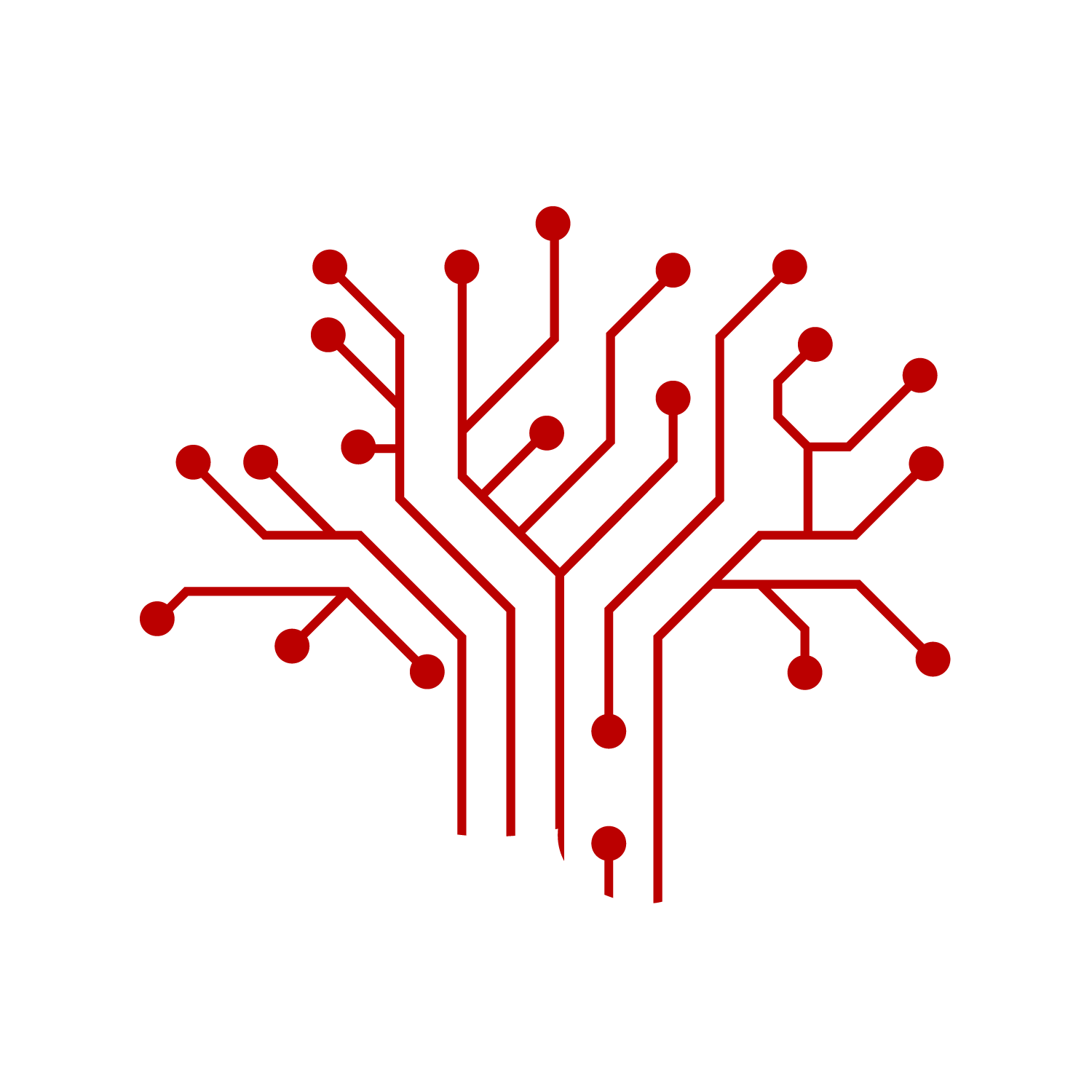April 24, 2019
The striatum’s role in incidental learning of sound categories
Speech is a highly variable signal. For example, acoustics of the same word spoken by different speakers are highly distinct; nevertheless, listeners can easily recognize the sounds to carry the same linguistic message. Human listeners and even infants over their first year of life, can perceive speech categories of their native language amidst remarkable acoustic variability present in speech signals. But how does the human brain naturally learn to group physically distinct sounds into their native speech categories without directed training or explicit feedback?One candidate neural substrate is the striatum and its interaction with the cortex (i.e., cortico-striatal loops), which have been mostly implicated in visual category learning. However, this evidence was found using explicit feedback-based categorization tasks. Likewise, most speech learning studies typically use standard feedback-based tasks involving explicit categorization of sounds, so do not model how learning occurs in real-world. Thus, our understanding has been limited in regards to how the brain learns sound categories incidentally from complex naturalistic environments. Does the striatum plays any role in a more ecologically-valid category learning?

